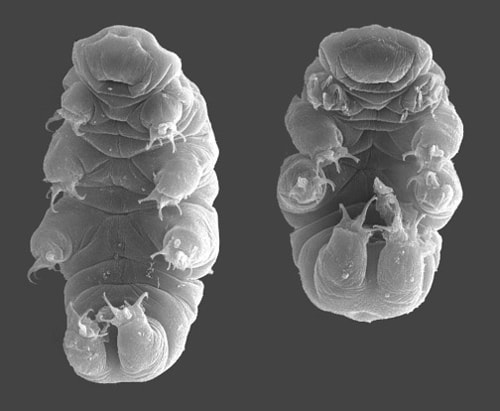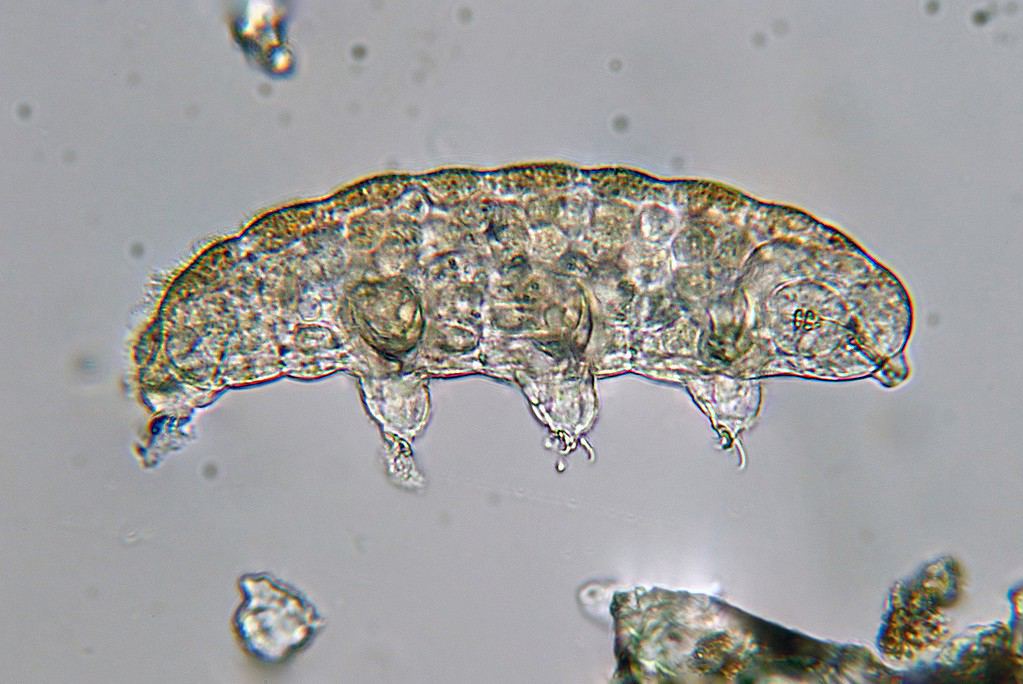
When the Apollo missions were at their peak, the idea of colonizing the moon didn’t seem that farfetched. There we were, barely 70 years after we invented the first planes, and suddenly we could send people on the moon. But after Apollo, the interest in the moon waned somewhat. NASA’s objectives shifted and suddenly, colonizing the moon seemed as far away as ever. But there was an accident.
In February 2019, an unmanned probe called Beresheet built by Israel aimed to become the first private spacecraft to perform a soft landing on the moon (a landing in which you don’t crash). From the start, there was trouble. The cameras that were supposed to film around the shuttle and help adjust its direction malfunctioned. Budgetary constraints had imposed several other limitations, which compounded and on the day of the landing, spelled disaster. The shuttle couldn’t slow down, and it crashed into the moon at 500 km/h. The impact scattered the probe’s components over a distance of over a hundred meters. Other missions snapped photos of the debris.
But the shuttle wasn’t empty. It carried several payloads, including a few tardigrades — some of the most resilient creatures on Earth. In an article on The Conversation, Laurent Palka asks whether these tardigrades could have somehow survived and started multiplying.
Tough as bullets

Tardigrades, affectionately called water bears, are microscopic animals. When looked at through a microscope, they do look a bit like bears, except for the 8 legs that they have. They have a nervous system and a mouth and (usually) two eyes. Tardigrades usually like aquatic environments, and they can be found in virtually every corner of the Earth. Part of the reason why they’re so widespread is that they’re incredibly resilient.
If you haven’t heard about how resilient tardigrades are, buckle up. They can survive at heights of up to 6,000 meters and depths of up to 5,000 meters. They can live in freezing and scorching environments. When stressed, they can shut down their metabolism by 99.9% and enter a sort of hibernation after which they rehydrate and resume activity. They’re thought to even be able to withstand mass extinction events like meteorite impacts or gamma ray bursts.
Tardigrades aren’t even considered extremophiles (creatures that thrive in extreme environments) because they don’t really like these extreme environments — they just have an unfathomable ability to withstand them and survive. So, if any creature can survive on the moon, you’d expect it to be tardigrades.
Tardigrades likely survived the moon impact
Lab experiments showed that impacts of 3,000 km/h in a vacuum can destroy tardigrades. But at 2,600 km/h or less they can survive. The crash on the moon was far slower than that, and even though it wasn’t in a vacuum, there’s a good chance that they withstood the impact.

Radiation would also kill most organisms — but not tardigrades. Experiments showed that tardigrades can survive high doses of gamma rays of 1,000 to 4,400 Gray (Gy). On the moon, they would be exposed to a small fraction of that (around 0.1 Gy per year). So the radiation also wouldn’t kill these hardy adult tardigrades.
Temperature is also usually a big problem. The moon doesn’t have an atmosphere so its temperatures vary wildly from around -170 °C during the lunar night to 120°C during the day. Tardigrades may survive this extreme variation, but the long term effects are not clear.
However, the lack of oxygen and water means that the tardigrades wouldn’t be able to reactivate and reproduce on the moon.
Tardigrades haven’t colonized the moon
When tardigrades shut down their metabolism, they lose around 95% of their body water. During this process, their body shrinks to around half of its normal size. This state, known as cryptobiosis, can last for a long time, but they need water and oxygen to be able to reactivate. Without water, oxygen, and food, they can’t revert to their normal form. Even if they somehow did, tardigrade eggs can’t survive the radiation — only the adults. So even though there may be some inactive tardigrades on the moon, their odds of actually colonizing our satellite are slim to none.
But this raises important ethical questions. We don’t know if there are any microbial creatures on the moon or not, but regardless of this, the fact that we might have contaminated it with life from Earth is a significant concern.
Until now, our space exploration has largely been about observing and going to places. But now, we need to also start considering the consequences of our actions. Missions that are looking for signs of life on Mars or places like Europa are also taking serious steps to reduce the risk of contamination. This incident, the accidental spilling of tardigrades on the moon, highlights a unique aspect of space exploration.
Interestingly, under current international space law, spilling tardigrades on the moon is not illegal. This incident serves as a peculiar case study in the broader context of planetary protection. The Outer Space Treaty, which provides the basic framework for international space law, emphasizes the importance of avoiding harmful contamination of celestial bodies and the Earth from extraterrestrial sources. However, the specifics of what exactly constitutes “harmful contamination” can be subject to interpretation. The case of tardigrades—organisms that are in a state of cryptobiosis and, therefore, not actively reproducing or spreading—falls into a strange gray area but is not strictly illegal. Even if it was, there’s no international agency to enforce it.
However, as we venture further into the cosmos, the need for comprehensive guidelines that ensure the preservation of extraterrestrial environments becomes increasingly critical. The case of the tardigrades on the moon serves as a reminder of our responsibility as stewards of not just our planet but outside of it.






